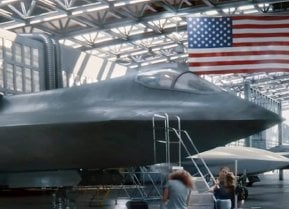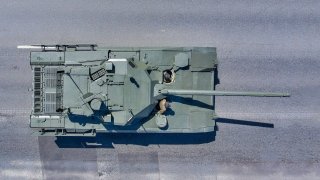Why Russia's T-14 Armata Tank Is Missing from Ukraine War
The T-14 Armata, Russia's latest main battle tank, has been notably absent from the ongoing conflict in Ukraine despite the country's significant tank losses. The tank briefly appeared on the frontlines last year but was withdrawn, raising questions about its performance.
Summary and Key Points: The T-14 Armata, Russia's latest main battle tank, has been notably absent from the ongoing conflict in Ukraine despite the country's significant tank losses. The tank briefly appeared on the frontlines last year but was withdrawn, raising questions about its performance.
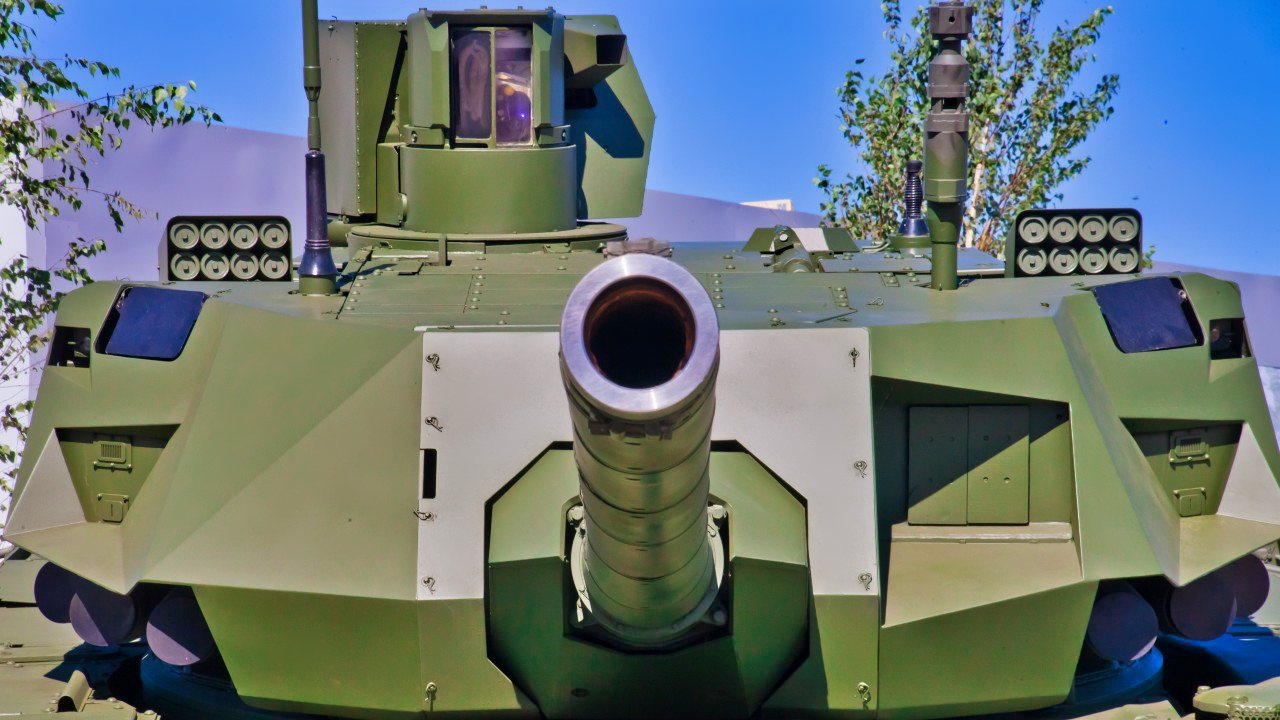
-Officially, the Kremlin cites the tank's high value as the reason for its limited use. However, the T-14's debut in 2015 and subsequent public appearances have been marred by issues.
-Equipped with advanced features like a 125 mm smoothbore gun, enhanced armor, and an onboard reconnaissance drone, the Armata represents a significant investment in Russian military technology. Yet, its practical application remains unproven, casting doubt on its effectiveness in actual combat.
Russia’s T-14 Armata Tank: Overhyped and Underperforming?
Like many of Russia’s latest military systems, the T-14 Armata has not lived up to expectation.
If you ask Kremlin officials, the country’s latest main battle tank is an overwhelming success. But the armored vehicle’s absence in the ongoing Ukraine war suggests that Russian forces are not quite as confident in its capabilities.
The Armata made a brief stint on the frontlines of the war last year when armed forces from Russia’s southern military district were provided with these tanks for combat operations. According to state-run media outlets, this delivery marked the first time the T-14 was tested for battle. Ultimately, these prized new armored vehicles were pulled from the conflict altogether.
Considering Moscow’s extensive tank losses throughout the invasion, the Armata’s withdrawal is noteworthy. Clearly, the new tank series did not perform up to standard.
What the Kremlin is saying about the T-14
In March, the CEO of Moscow’s state-owned defense conglomerate Rostec said the Armata was pulled from the frontlines because it is “too valuable.” Sergey Chemezov added that, "The Armata, in general, is a little expensive. In terms of functionality, it is, of course, much superior to existing tanks, but it is too valuable, so the army is unlikely to use it now. It's easier for them to buy the same T-90s."
While the Kremlin is certainly struggling under the economic burden of sanctions and prolonged war, it still does not make sense that Russia would not use a supposedly superior tank system to overwhelm Ukrainian defenses. Moscow has lost at least a couple thousand MBTs since February 2022. The use of armored vehicles in the war has proven essential, making those losses an even greater concern for Moscow.
Introducing the Armata
The Armata’s problems trace all the way back to its debut in 2015. During Moscow’s annual World War II Victory Day parade rehearsal, one of the T-14s being displayed suddenly halted on Red Square. While Russian officials quickly waved off the incident as intentional, the tank’s first moment in the public eye clearly did not go according to plan.
Over the next few years, a handful of Armata tanks continued to appear at Victory Day parades. By 2020, state trials of the tank began, and Kremlin officials claimed the T-14 was tested in combat in Syria. When Russia invaded Ukraine in 2022, however, production of the Armata ceased.
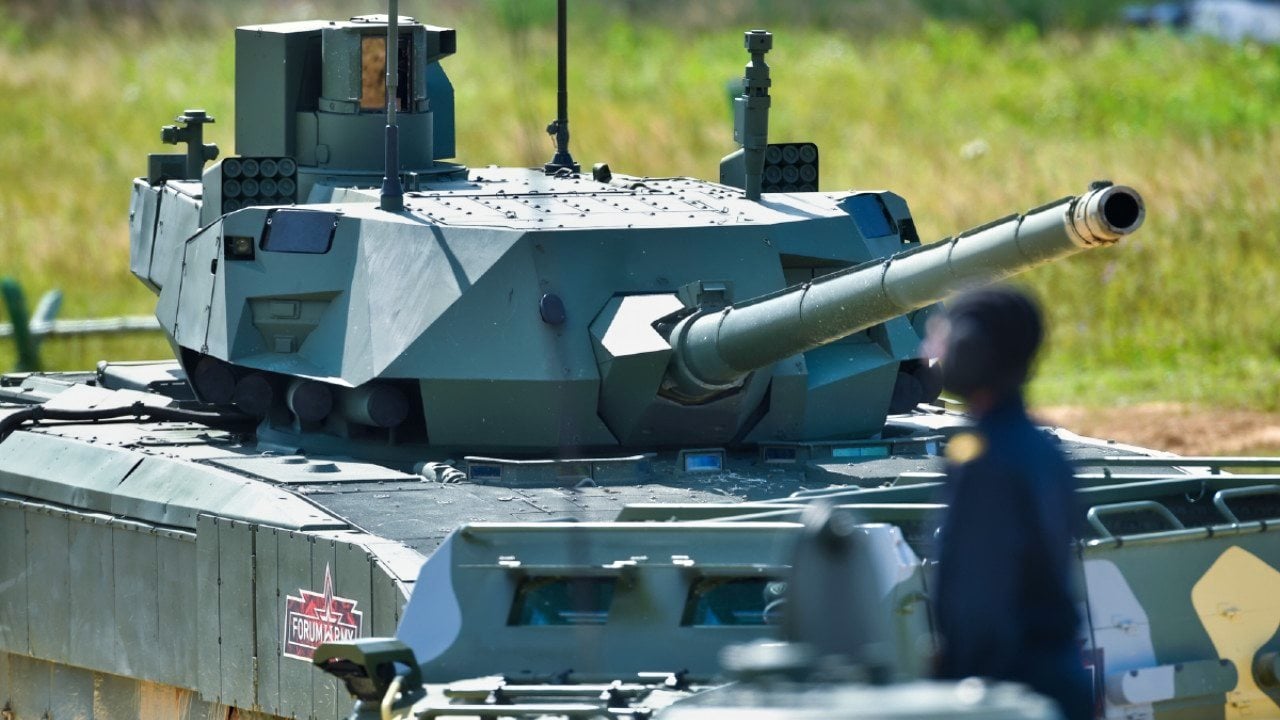
Since the Armata’s appearances are rare, public information about its specs and capabilities remains limited. However, the Russian MBT does appear to provide enhanced survivability to its crew members. As detailed by Military Watch Magazine, “The tank’s frontal base armour protection of over 900mm, paired with Malachit explosive reactive armour and the AFGHANIT active protection system, provides an extreme degree of survivability. The T-14’s sensors and armaments are also highly prized and major improvements over those of older vehicles, with its Vacuum-1 APFSDS projectiles having an extreme penetrative capability considered sufficient to frontally penetrate any of the vehicles currently in the Ukrainian theatre.”
The Armata is reportedly fitted with a 125 mm 2A82-1M smoothbore gun with an automatic loader. The tank can fire a new laser-guided missile derived from the technologies of Reflex-M 9K119M guided weapons. The tank can also launch Vacuum-1 APFSDS projectiles and is equipped with improved observation and fire control systems.
Perhaps most interesting is the T-14’s onboard reconnaissance drone, which reportedly helps detect and target positions over long distances with high precision. Its exact specifications are not known, but the concept certainly suggests Moscow is continuing to pour its limited resources into the continued development of its new tank series.
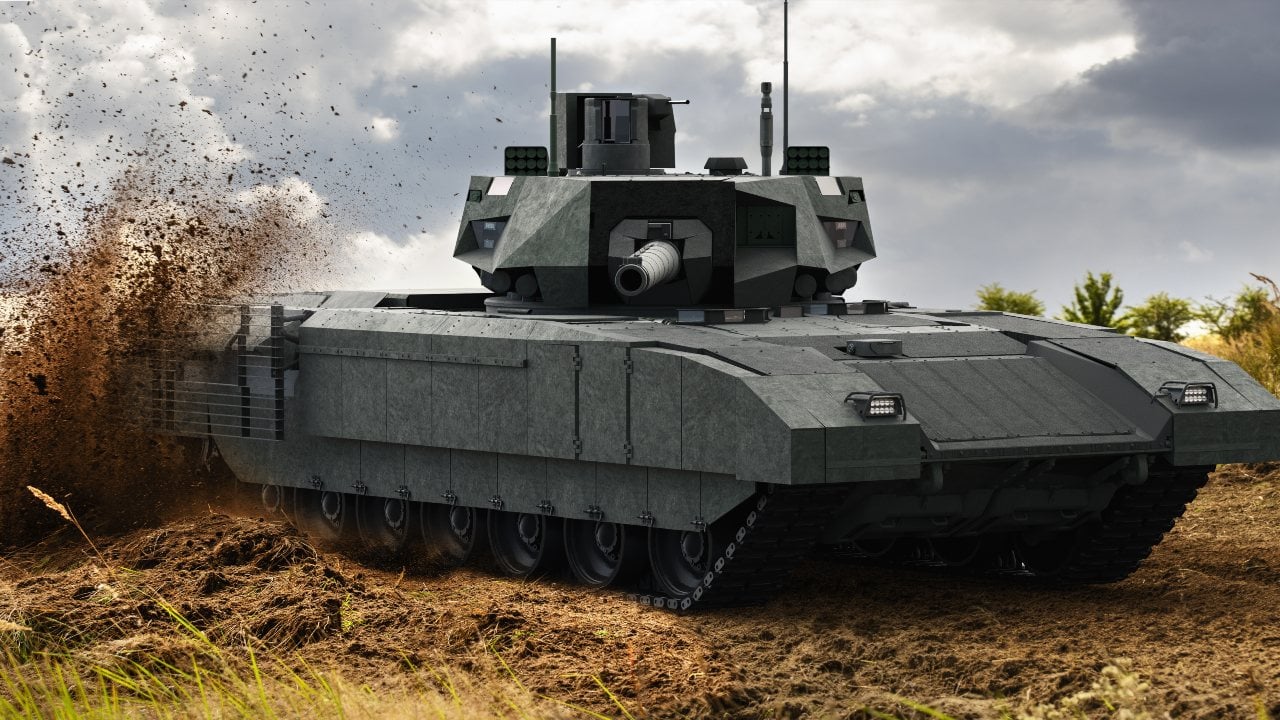
Russia’s T-14 Armata might be a failure in practice so far, but the MBT elevates Russia’s lackluster fleet of tanks. Time will tell whether or not Moscow redeploys its most modern tank series to the frontlines of the war.
About the Author: Maya Carlin, Defense Expert
Maya Carlin, National Security Writer with The National Interest, is an analyst with the Center for Security Policy and a former Anna Sobol Levy Fellow at IDC Herzliya in Israel. She has by-lines in many publications, including The National Interest, Jerusalem Post, and Times of Israel. You can follow her on Twitter: @MayaCarlin.
All images are Creative Commons or Shutterstock.
